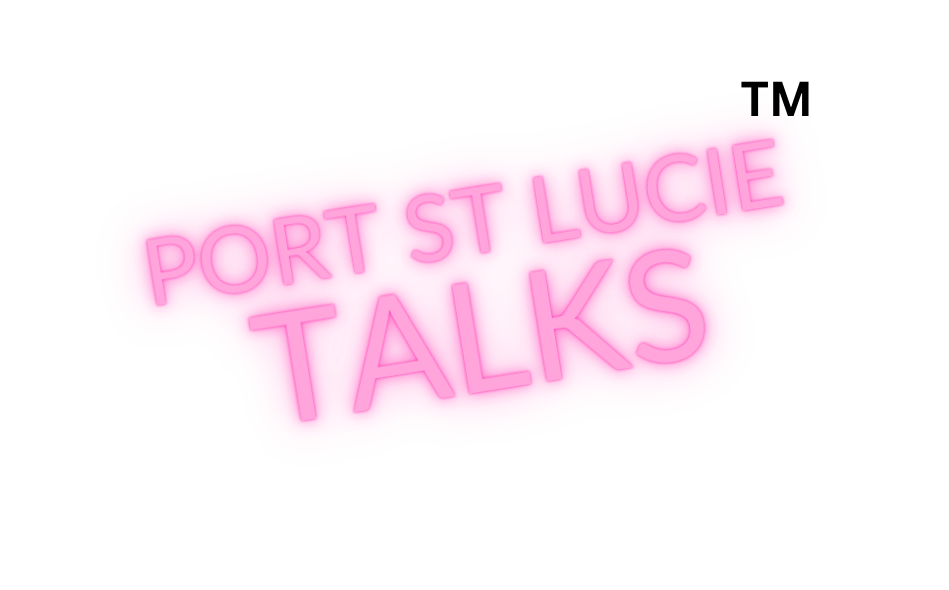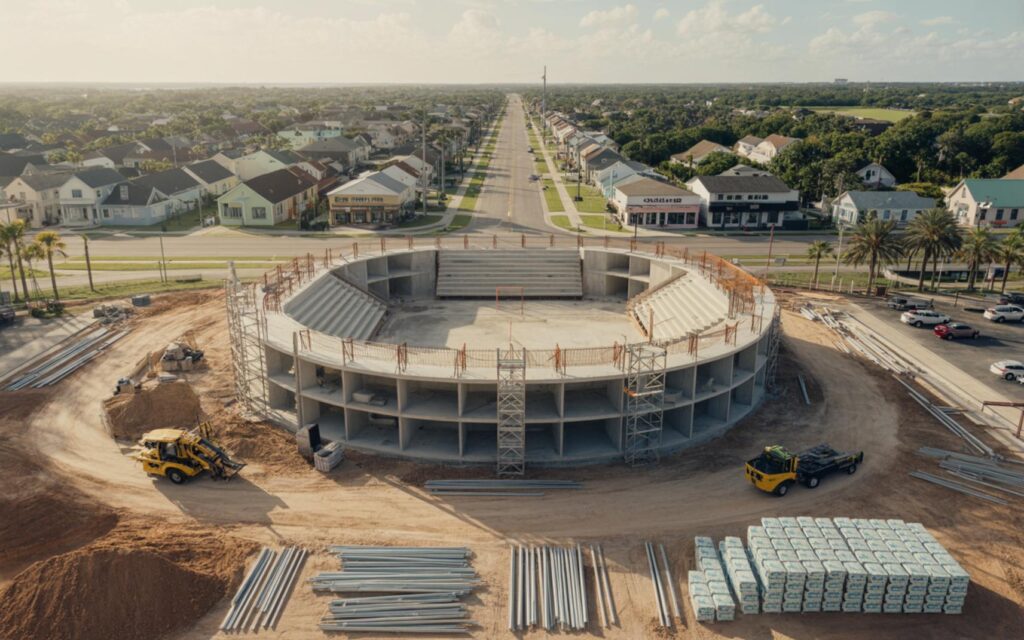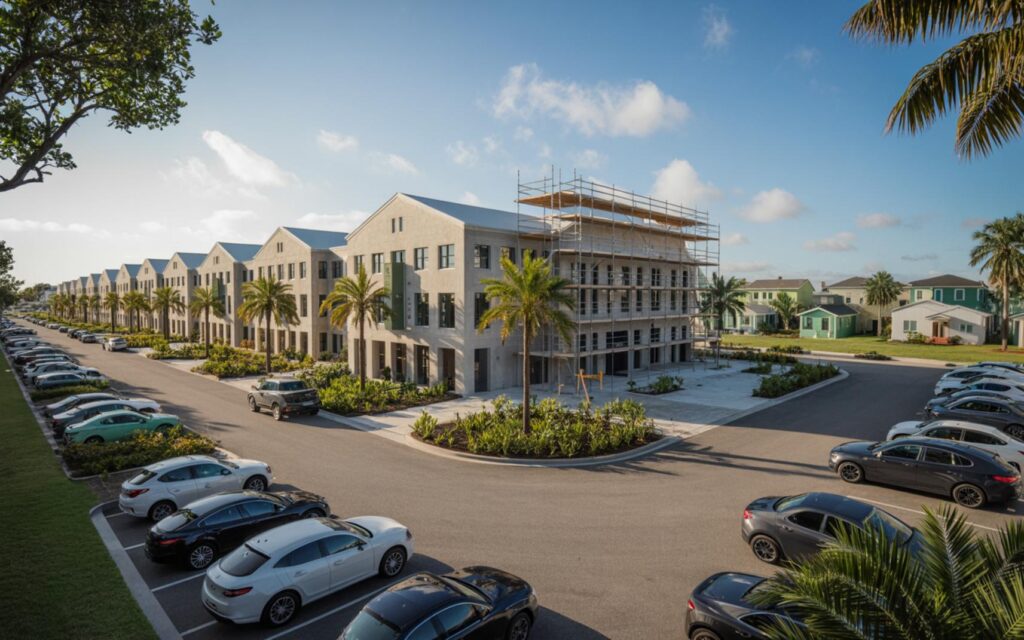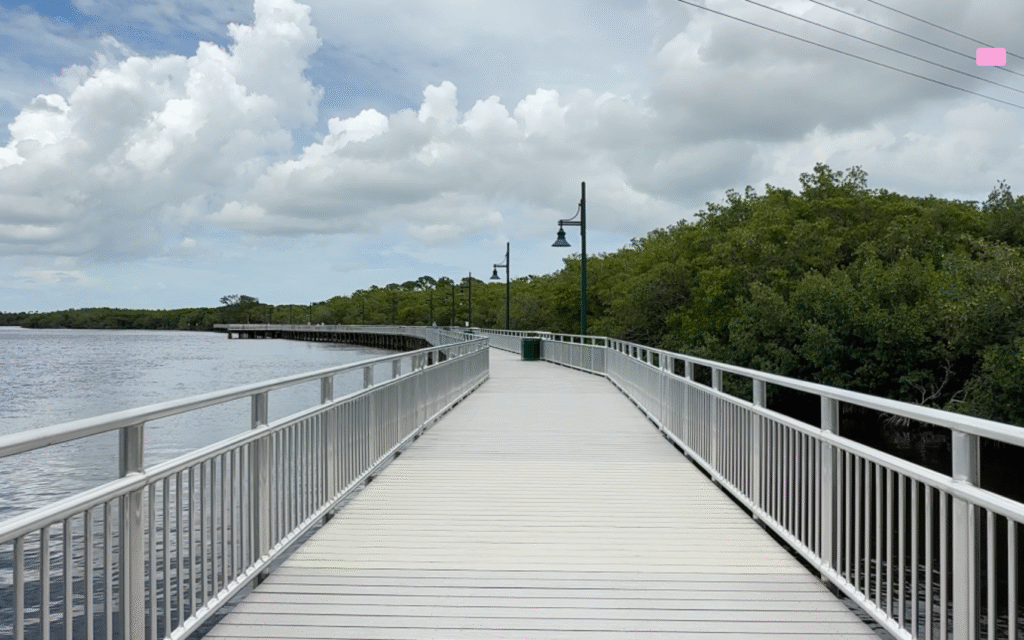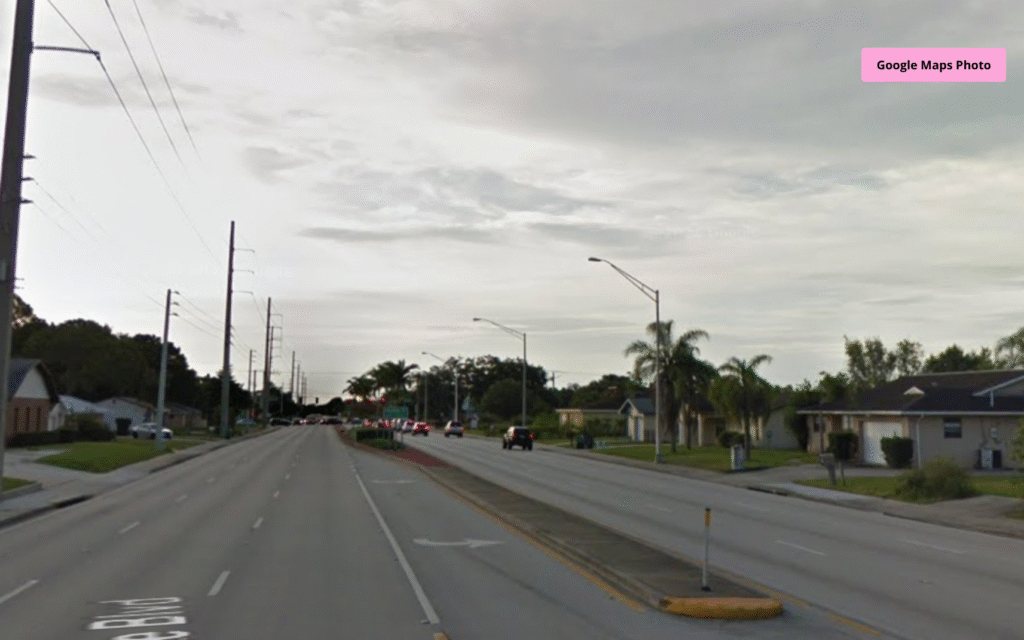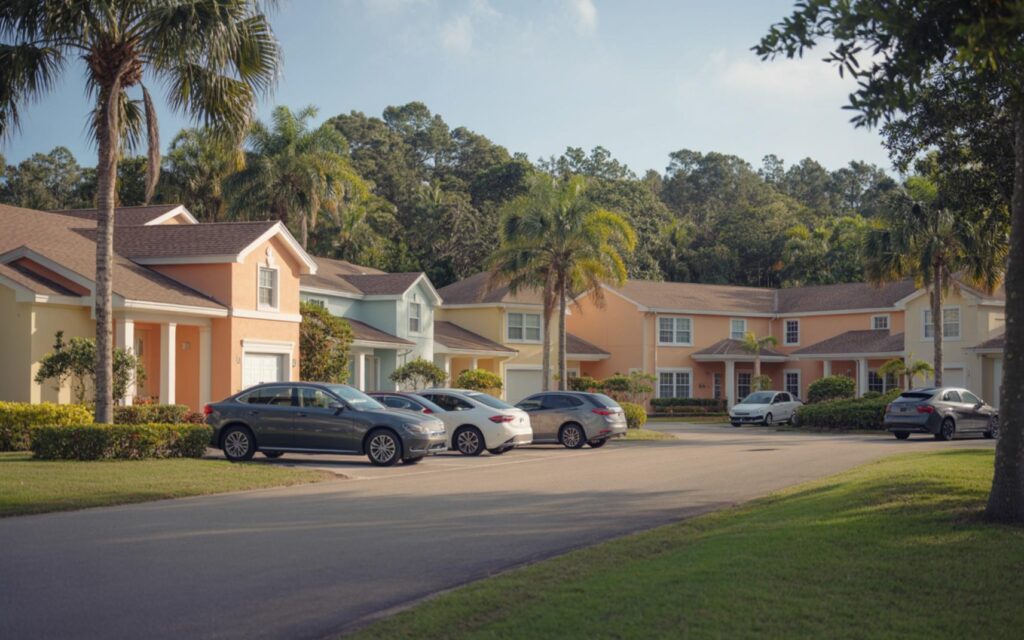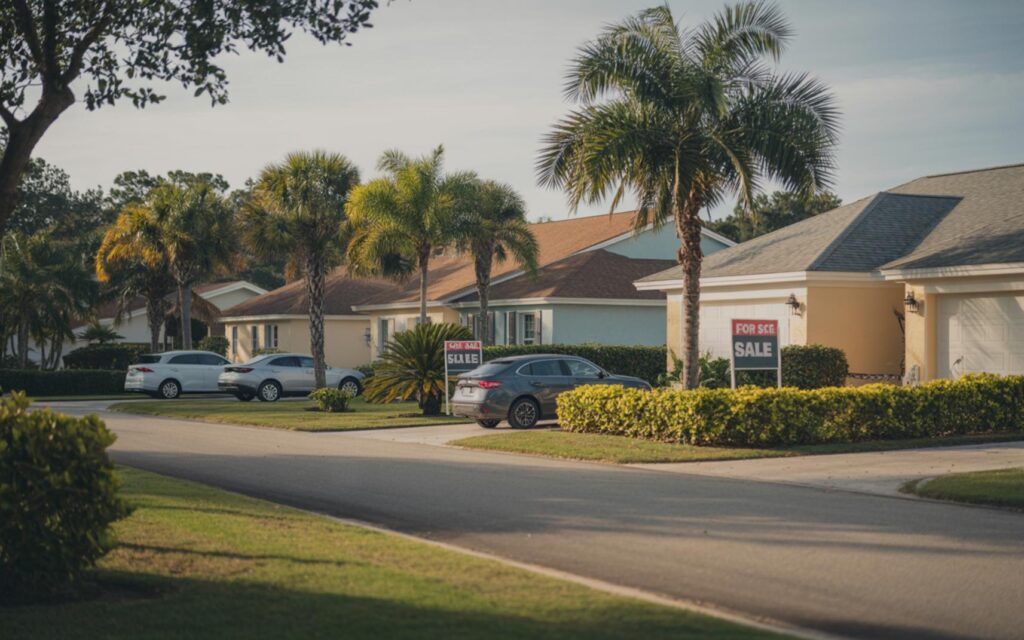A new soccer stadium in Port St. Lucie is set to become the centerpiece of a significant redevelopment project at the Walton & One site, marking a major step in the city’s vision for a downtown entertainment and cultural hub. The Port St. Lucie soccer stadium will serve as both a sports venue and an anchor for a mixed-use district designed to revitalize the eastern part of the city.
Port St. Lucie Soccer Stadium: Key Details and Funding Structure
The planned Port St. Lucie soccer stadium will feature 6,000 seats and is expected to host both men’s and women’s professional soccer teams in the United Soccer League (USL). According to city officials, the stadium is part of a broader redevelopment effort at the Walton & One site, which will also include residential, retail, office, hotel, and entertainment spaces.
The City of Port St. Lucie has committed up to $27.5 million in tax increment financing (TIF) funds to support the project. These funds are generated from increases in property values within the Community Redevelopment Area (CRA) and are designated to reimburse up to 50% of stadium and infrastructure costs. City officials emphasize that no general fund or direct taxpayer dollars will be used for construction or to cover developer debt.
Mixed-Use Development and Economic Impact
The soccer stadium is intended to anchor a larger mixed-use development designed to stimulate economic growth in eastern Port St. Lucie. The project aims to attract further investment and create a vibrant downtown district with a variety of amenities.
- Residential units
- Retail and dining spaces
- Office buildings
- Hotel accommodations
- Entertainment venues
According to city documents, the redevelopment is projected to create approximately 500 jobs and generate increased revenue for local businesses. The stadium is expected to draw visitors for soccer matches, concerts, festivals, and at least 24 city events each year.
Stadium Operations and Lease Agreement
The operating agreement for the Port St. Lucie soccer stadium includes a 50-year lease for the stadium operator, with an option to extend for an additional 25 years. The operator will be responsible for all taxes, assessments, and operational costs associated with the stadium. There is also an option for the operator to purchase the land at the end of the lease period.
To protect public interests, city officials have implemented several safeguards. The developer is required to post a construction bond, and contingency plans are in place in case of significant changes to the project. Additionally, cost-saving measures include reimbursement to the Port St. Lucie Police Department for traffic and security services during events.
Community Concerns and Safeguards
Some local residents have raised concerns about potential impacts from the new stadium, including increased noise, traffic, and effects on nearby nursing homes and residential complexes. City officials report that these concerns are being reviewed as part of the planning process, with attention to traffic management and event scheduling.
According to city documents, the project includes measures to address these issues, such as enhanced traffic control and security during large events. The city is also working with the developer to ensure that community needs are considered throughout the planning and construction phases.
Expert Perspectives on Sports Stadiums and Urban Redevelopment
Urban development experts generally note that sports stadiums can serve as catalysts for economic development, particularly when integrated into larger mixed-use projects. Benefits often cited include job creation, increased tourism, and improved community amenities.
However, experts also caution that the economic impact of stadium projects can vary. Success depends on effective management, sustained community engagement, and long-term planning. According to research on similar projects, the integration of sports venues with retail, residential, and entertainment options can help attract private investment and encourage ongoing growth.
Broader Trends: Sports Venues as Anchors for Downtown Districts
The Port St. Lucie soccer stadium project aligns with broader trends in urban redevelopment across the United States. Many cities are using sports venues to anchor new downtown districts, aiming to draw both residents and visitors while stimulating private investment.
Officials emphasize that the long-term success of such projects depends on demand for events, integration with local needs, and careful planning to ensure that benefits are widely shared throughout the community.
Frequently Asked Questions About Port St. Lucie Soccer Stadium
What is the Port St. Lucie soccer stadium project?
The Port St. Lucie soccer stadium is a planned 6,000-seat venue that will be part of a larger mixed-use development at the Walton & One site. It will host professional men’s and women’s soccer teams and serve as an anchor for downtown redevelopment.
How much public funding is allocated for the Port St. Lucie soccer stadium?
The City of Port St. Lucie has committed up to $27.5 million in tax increment financing (TIF) funds, covering up to 50% of stadium and infrastructure costs. No general fund or direct taxpayer dollars will be used for construction or developer debt.
Are there plans for other amenities alongside the soccer stadium?
Yes, the project includes residential, retail, office, hotel, and entertainment spaces as part of a broader mixed-use development. The goal is to create a vibrant downtown district with a variety of options for residents and visitors.
Can you attend events at the Port St. Lucie soccer stadium?
When completed, the stadium will host professional soccer games, concerts, festivals, and city events. The first games are expected to begin in 2027.
Where are retirement communities located near the Port St. Lucie soccer stadium?
Several retirement communities and active adult communities are located throughout Port St. Lucie, including areas near the Walton & One site. Residents in these communities may benefit from new amenities and entertainment options once the stadium is open.
